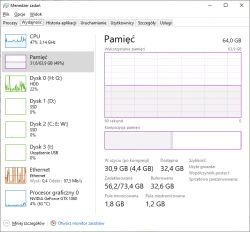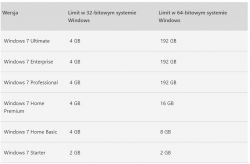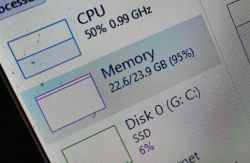
Everyone probably knows that before adding RAM to a computer or laptop, you should check how much RAM the motherboard can support. If the hardware does not support more RAM, there is no point in trying to add it. But are you sure? Let`s check!
Recently, there was a need to increase the RAM of one of the devices I use for work. The need itself is quite sudden, and the machine runs 24 hours a day and I didn`t want to replace it, so I decided to simply add memory...
The patient in this topic is an ASUS N73SV laptop. Most sources list its maximum memory as 12GB:


The seller specified the same thing when I bought this laptop years ago.
However, one of the websites timidly suggests that, contrary to the specifications, you can use more memory:

People on forums seem to confirm this:
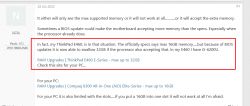
The CPU specification specifies a maximum of 16GB:

I will also add that at the moment all 3 slots inside are full (because there are 3, even though HWinfo shows 4), each has 4GB, for a total of 12GB.
HWinfo before replacement:
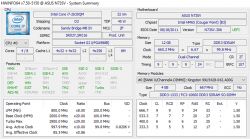
It`s time to check what it is like in practice.
I bought three sticks of 8GB each:
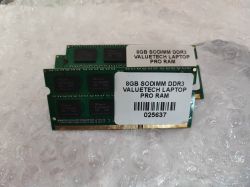
Maybe we`ll replace one die at a time as a test.
Exchange #1:
There are two RAM slots in this Asus under the bottom flap:

After replacing:
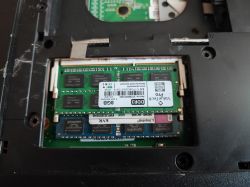
We start it and... success, 16GB RAM:

HWinfo:

Exchange #2:
This is now a test of the 4+8+8 configuration:
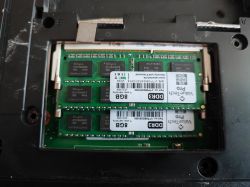
Works! 20GB RAM:

Exchange #3:
The last RAM stick is under the keyboard:
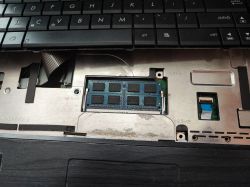
We list:
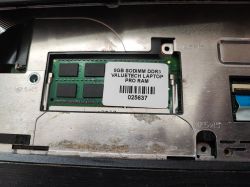
Success, 24GB RAM!
HWinfo:
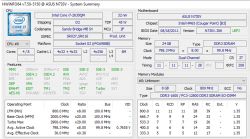
Interestingly, the memories are listed as "Unknown".
Another mandatory memory test - mdsched : :
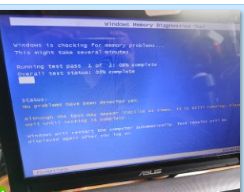
It really went through without errors:
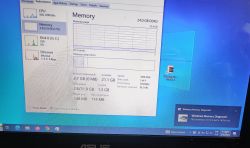
It`s time for a practical test with my target application, which requires a lot of RAM:

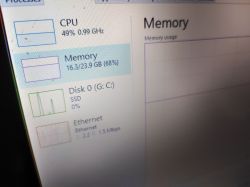
It`s growing beautifully, over 16GB in use, everything is stable, but I want more:
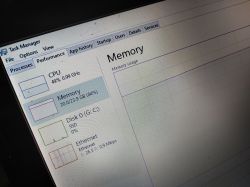
And 22GB:
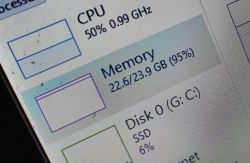
22.6GB RAM in use, the equipment meets its intended use without any problems, no bluescreens.
Summary
Does this mean you should ignore the specs? Of course not. I am in no way encouraging anyone to do this. I consciously took the risk and it clearly paid off. In this particular case, it happened by luck. Everything works stably and already serves its purpose. Purchasing three memory sticks for about PLN 120 saved me from having to replace the entire equipment with something that... officially will support 24GB RAM. It`s true that it`s not my most powerful laptop, because I also have:
but it will definitely be useful to me.
I just wonder why it works... wasn`t there an 8GB stick at the time of production of this Asus and someone calculated the limit only by slots (3*4GB)? No, probably not... I won`t speculate, the bottom line is that it works.
And now I`m asking you - have you also tried this type of modification? I invite you to discuss.
Cool? Ranking DIY Helpful post? Buy me a coffee.







